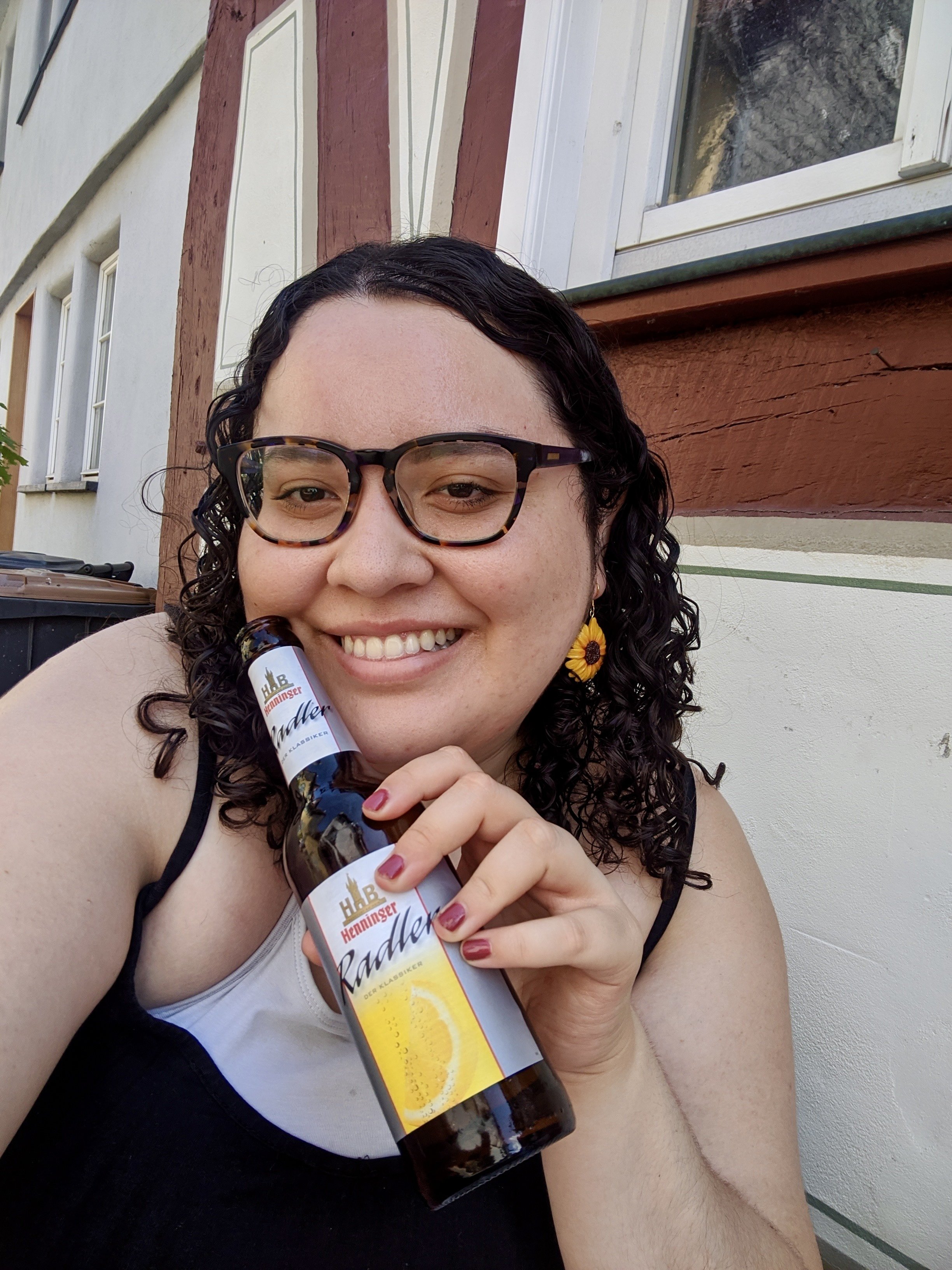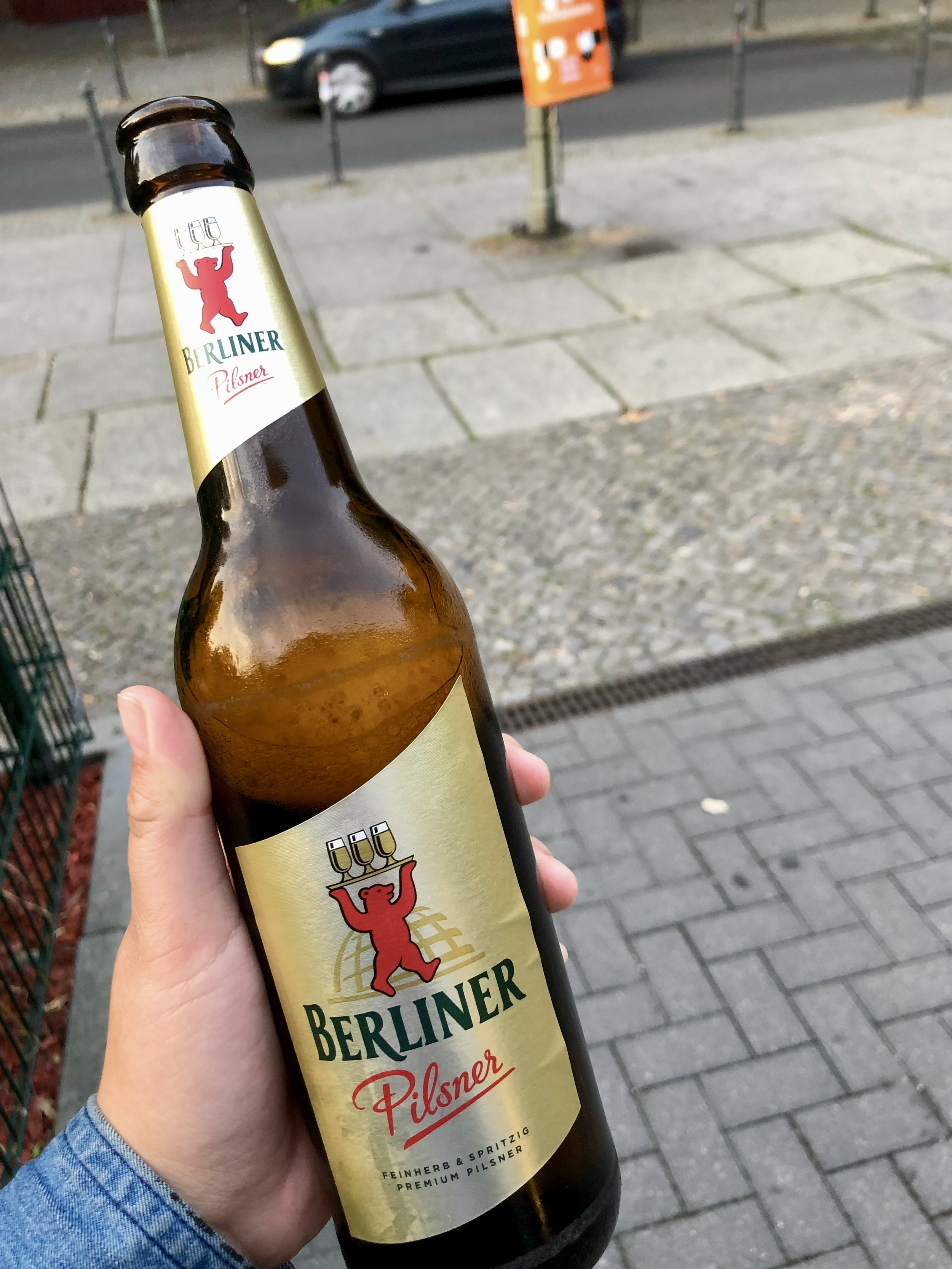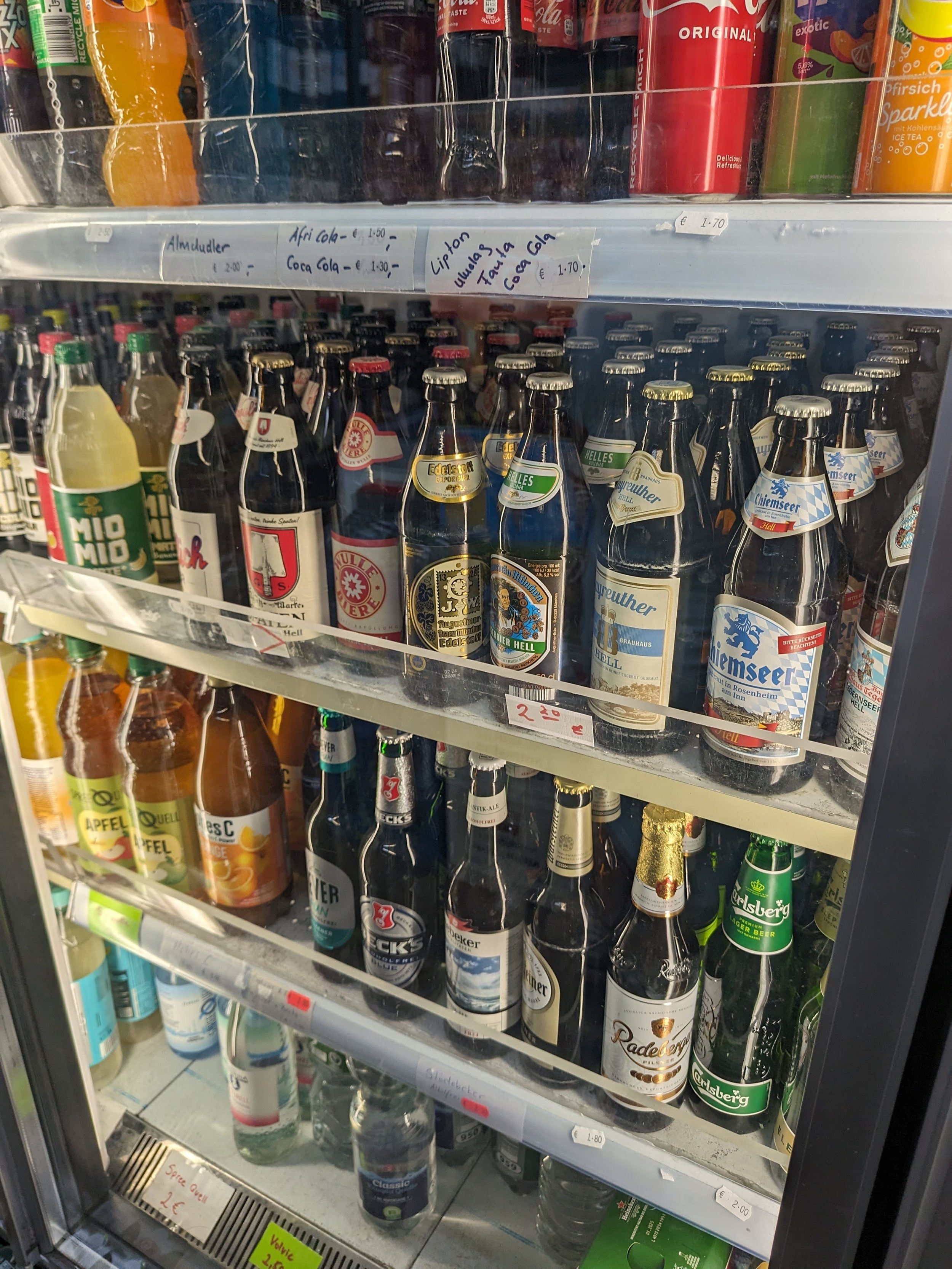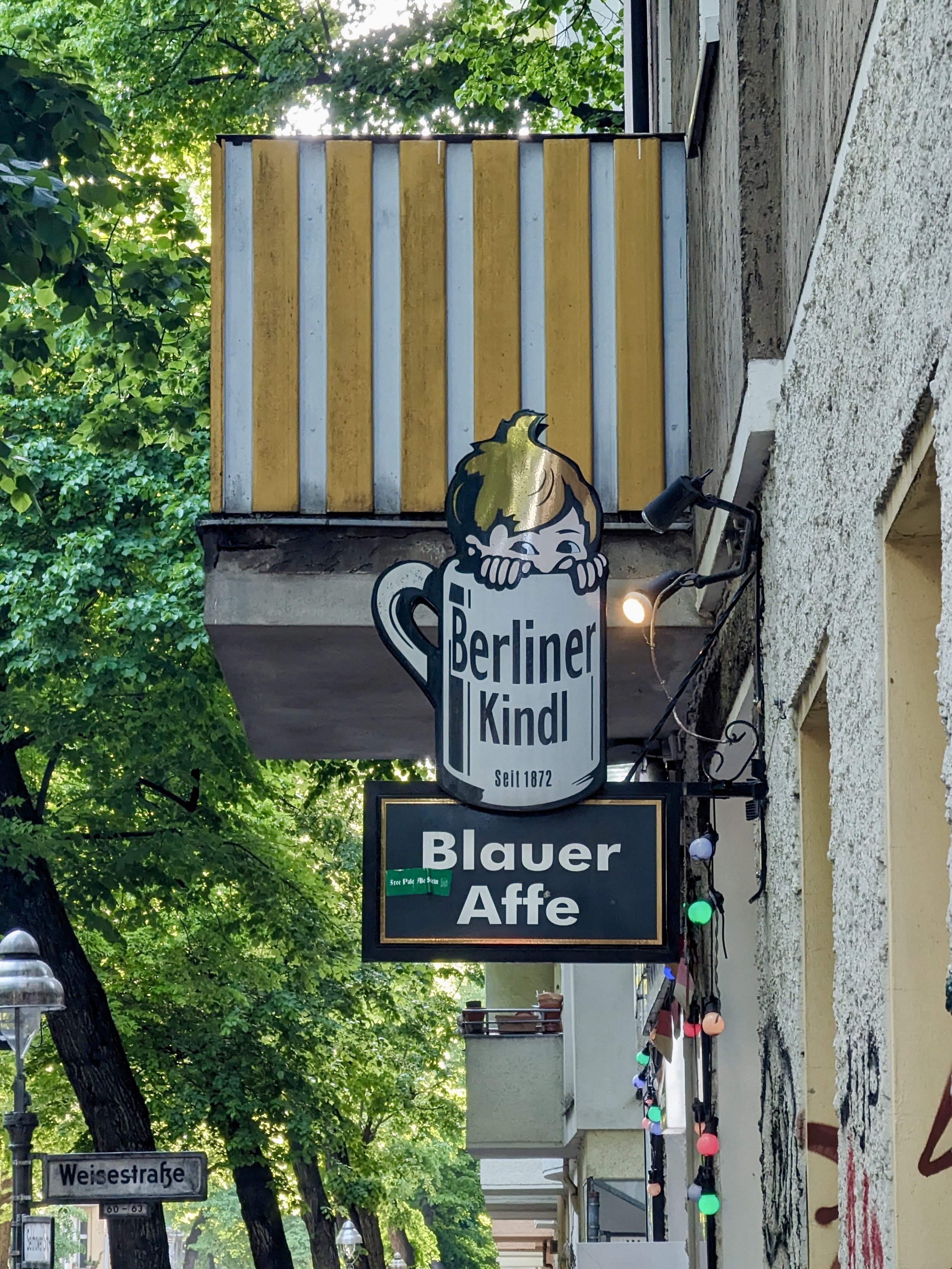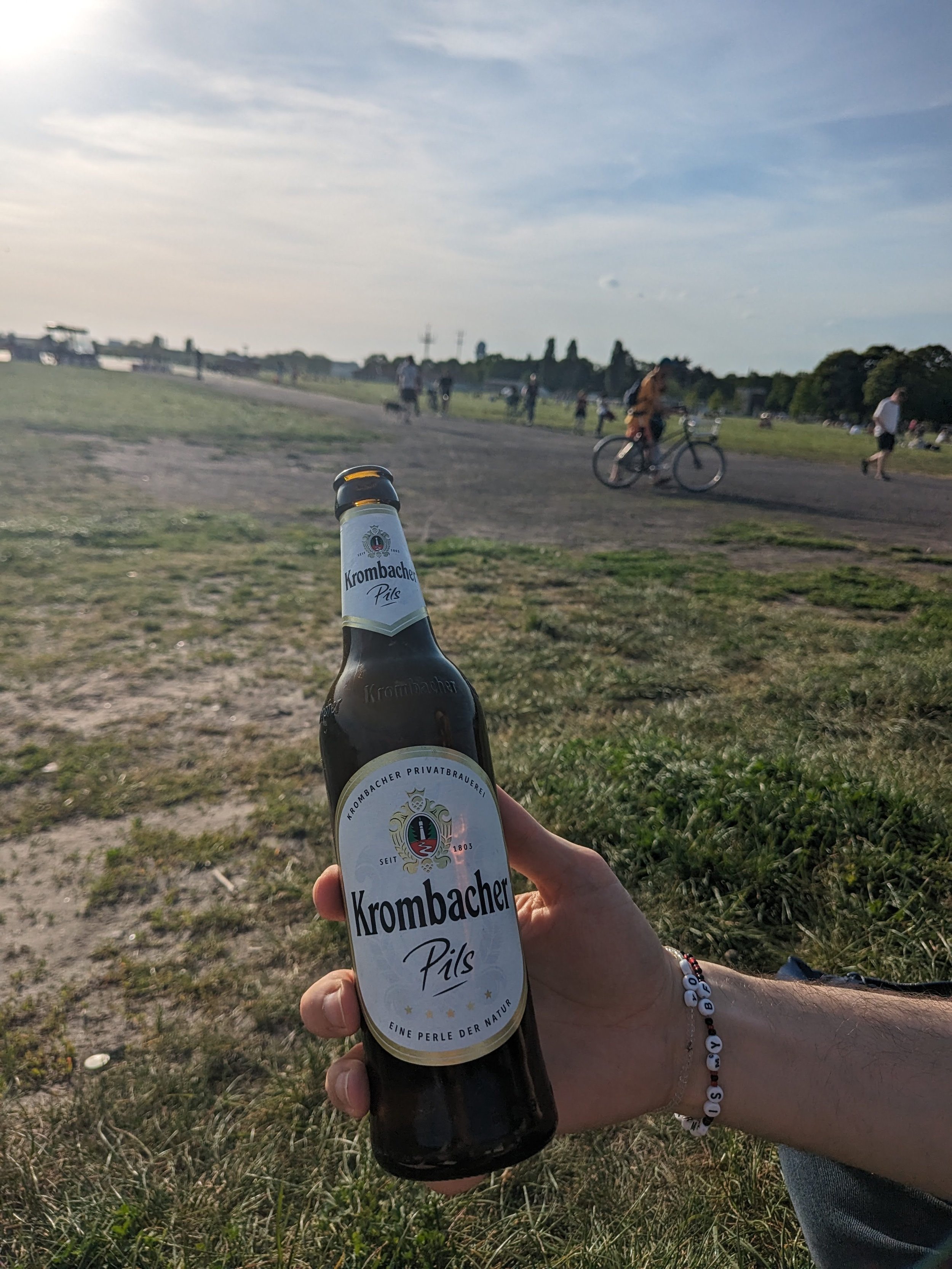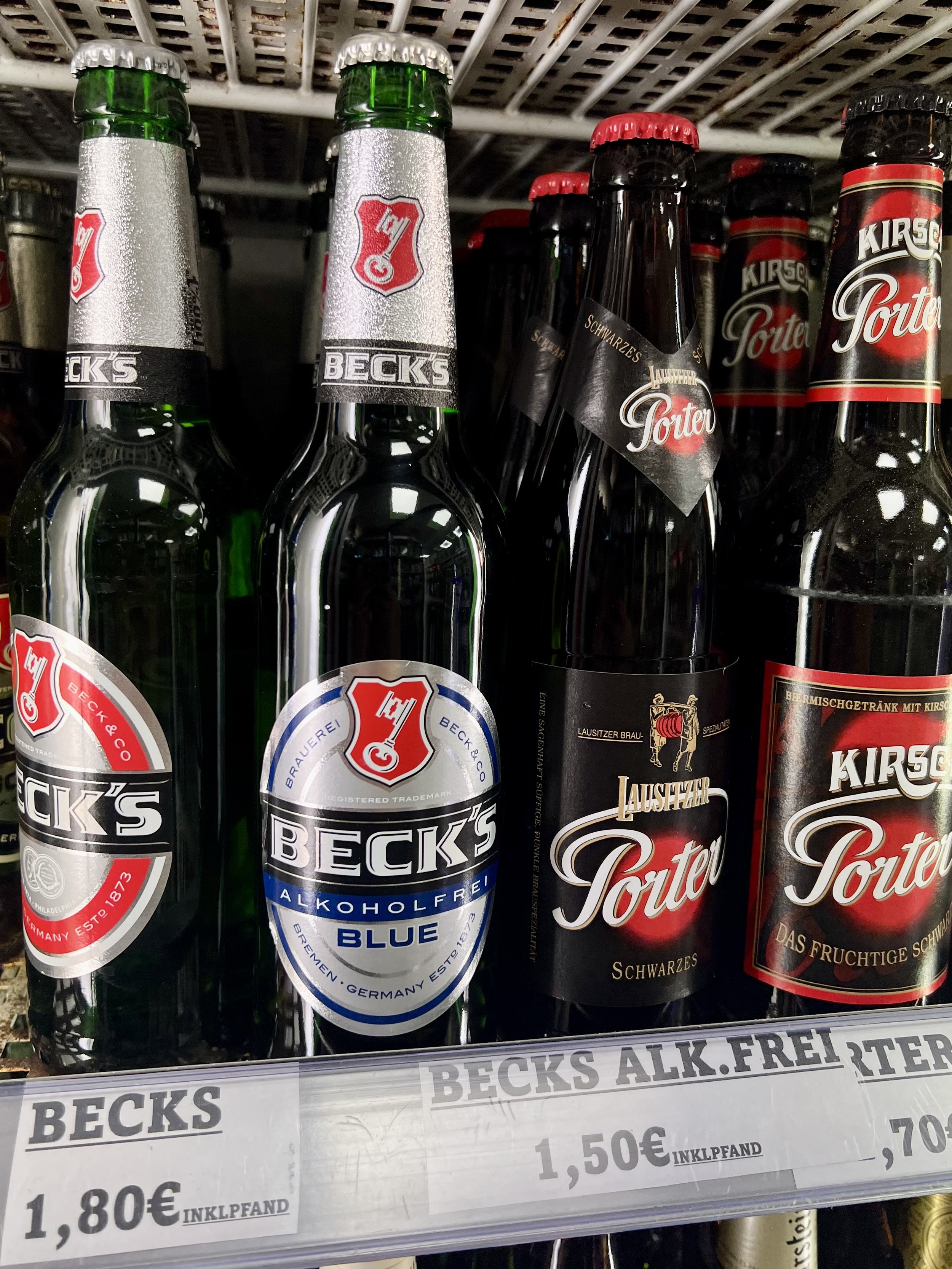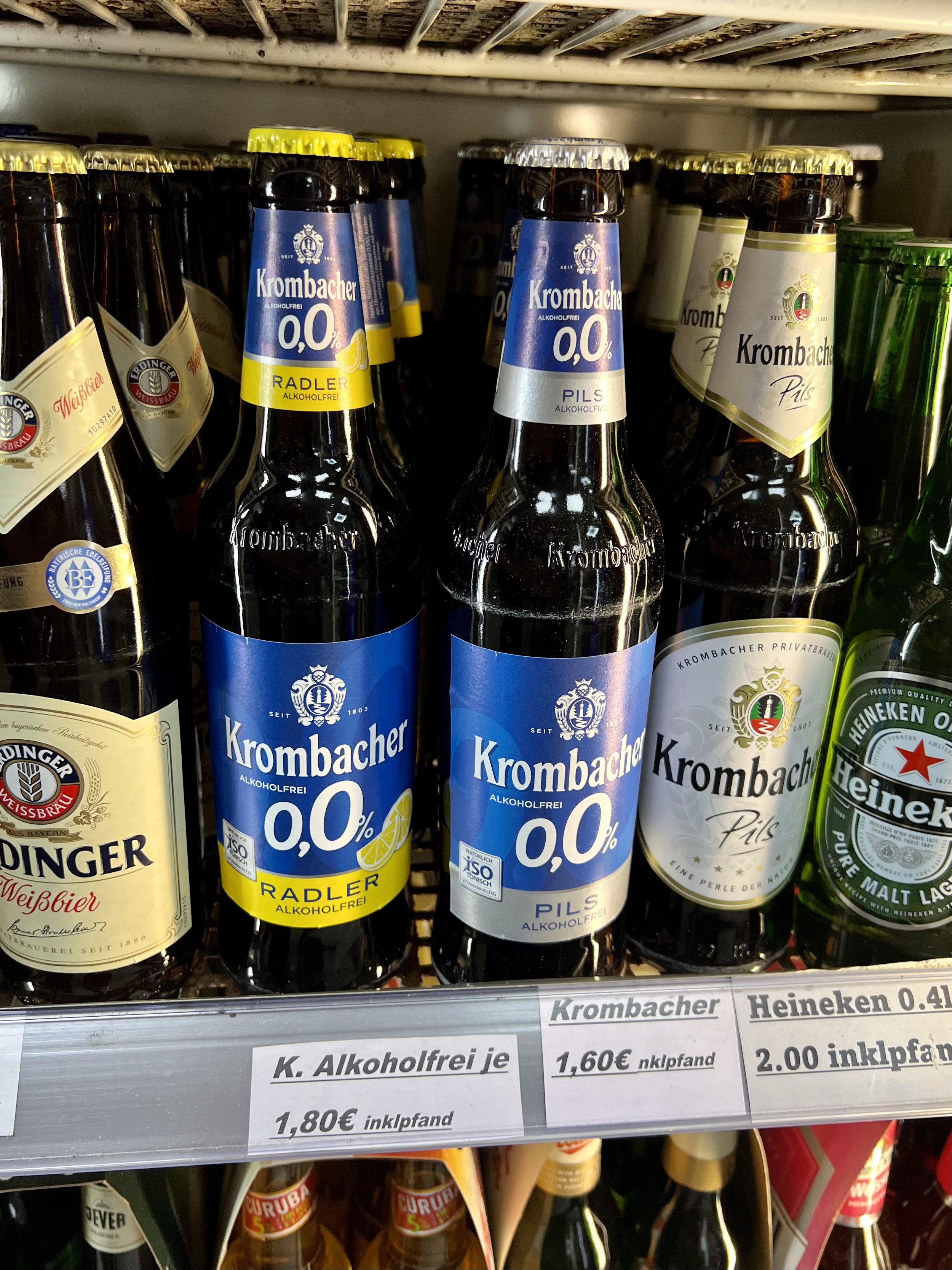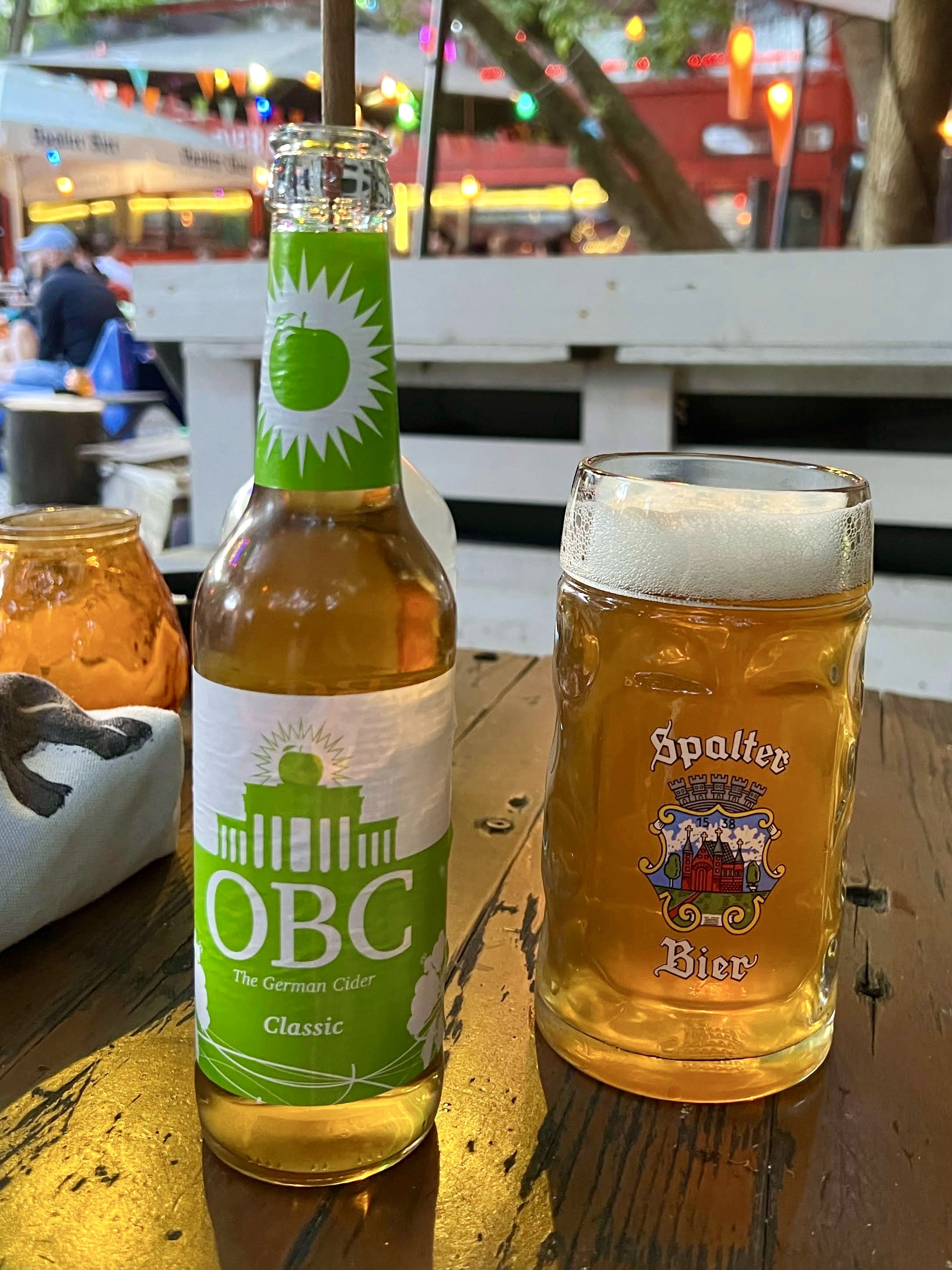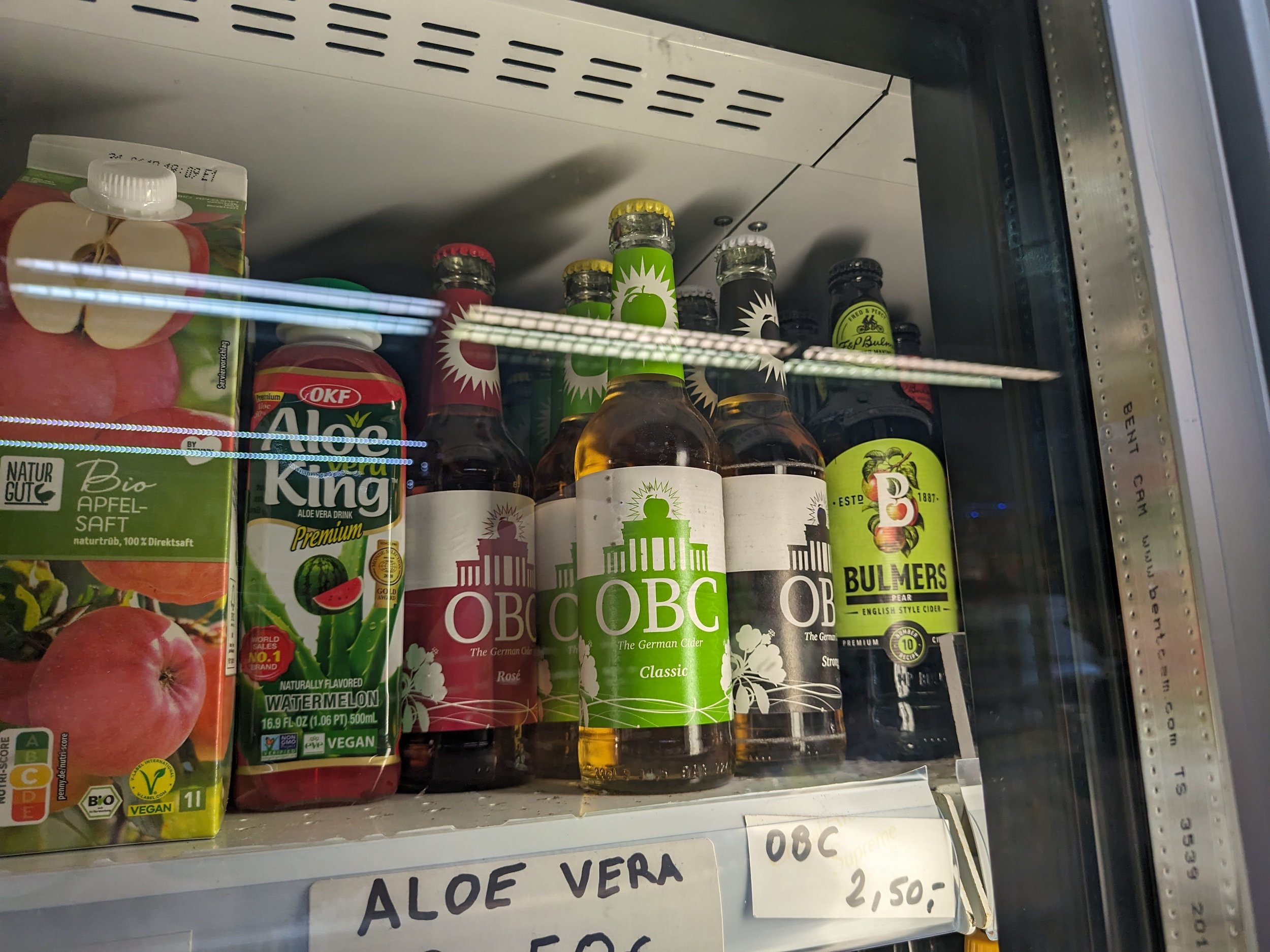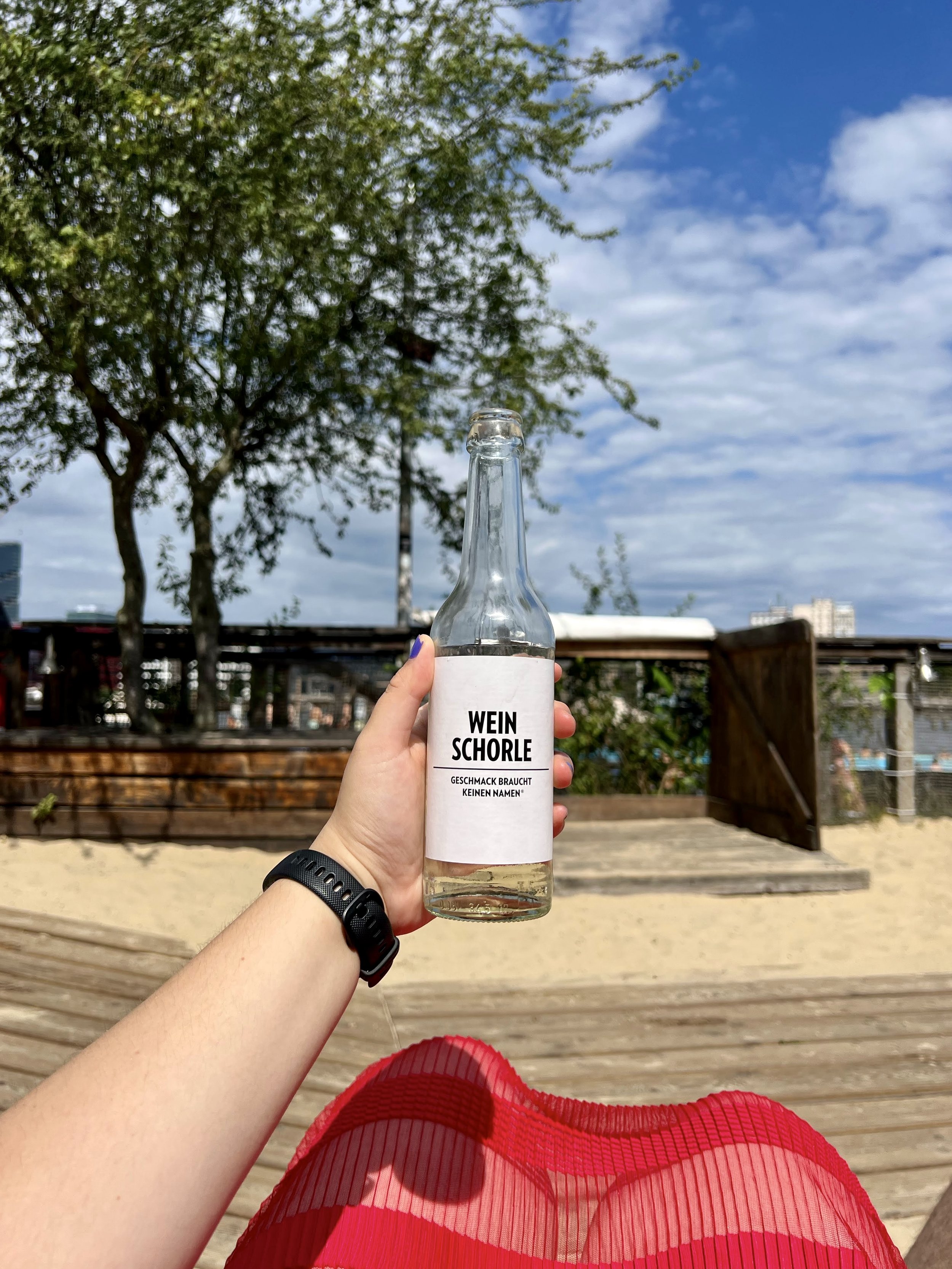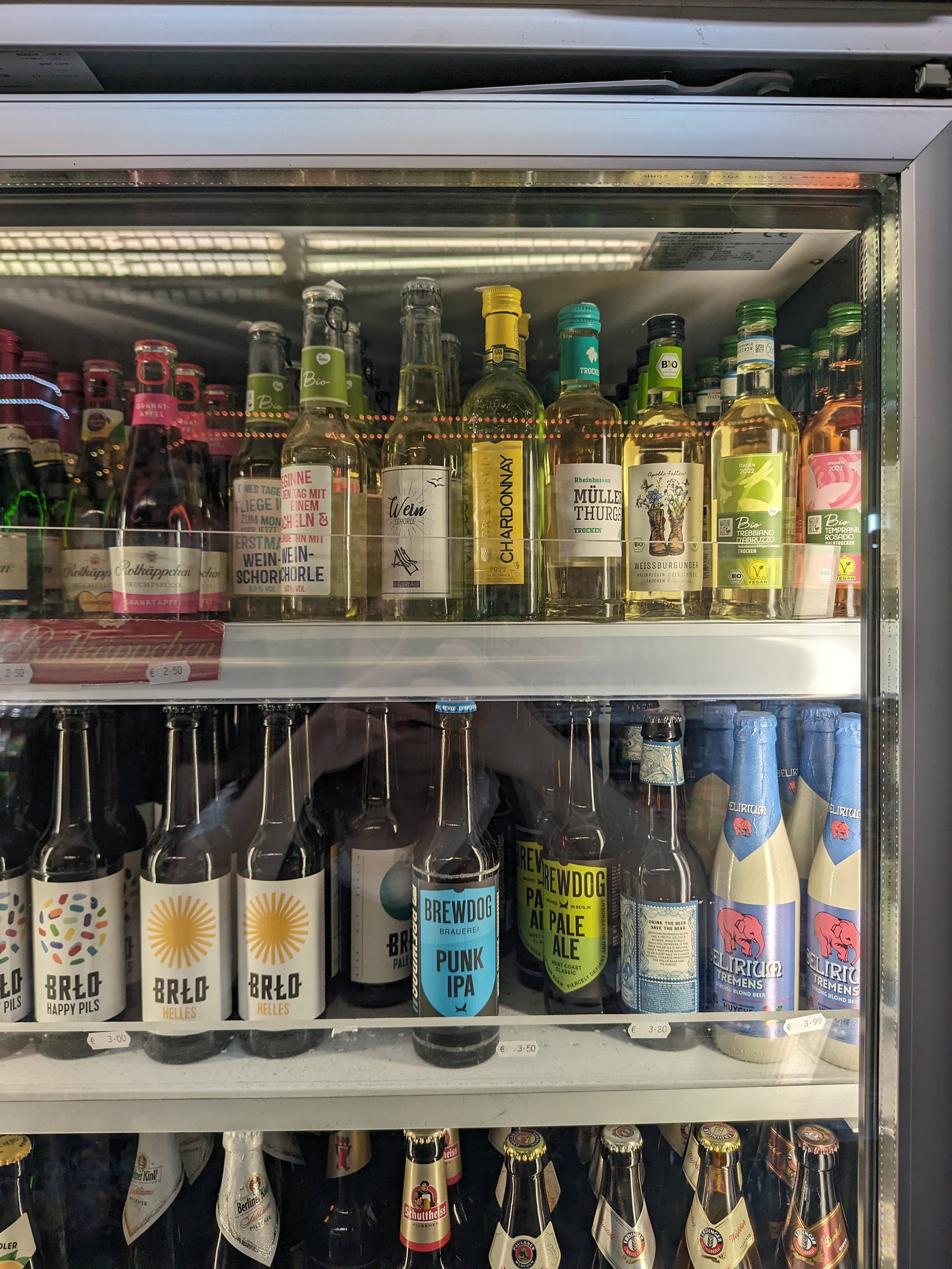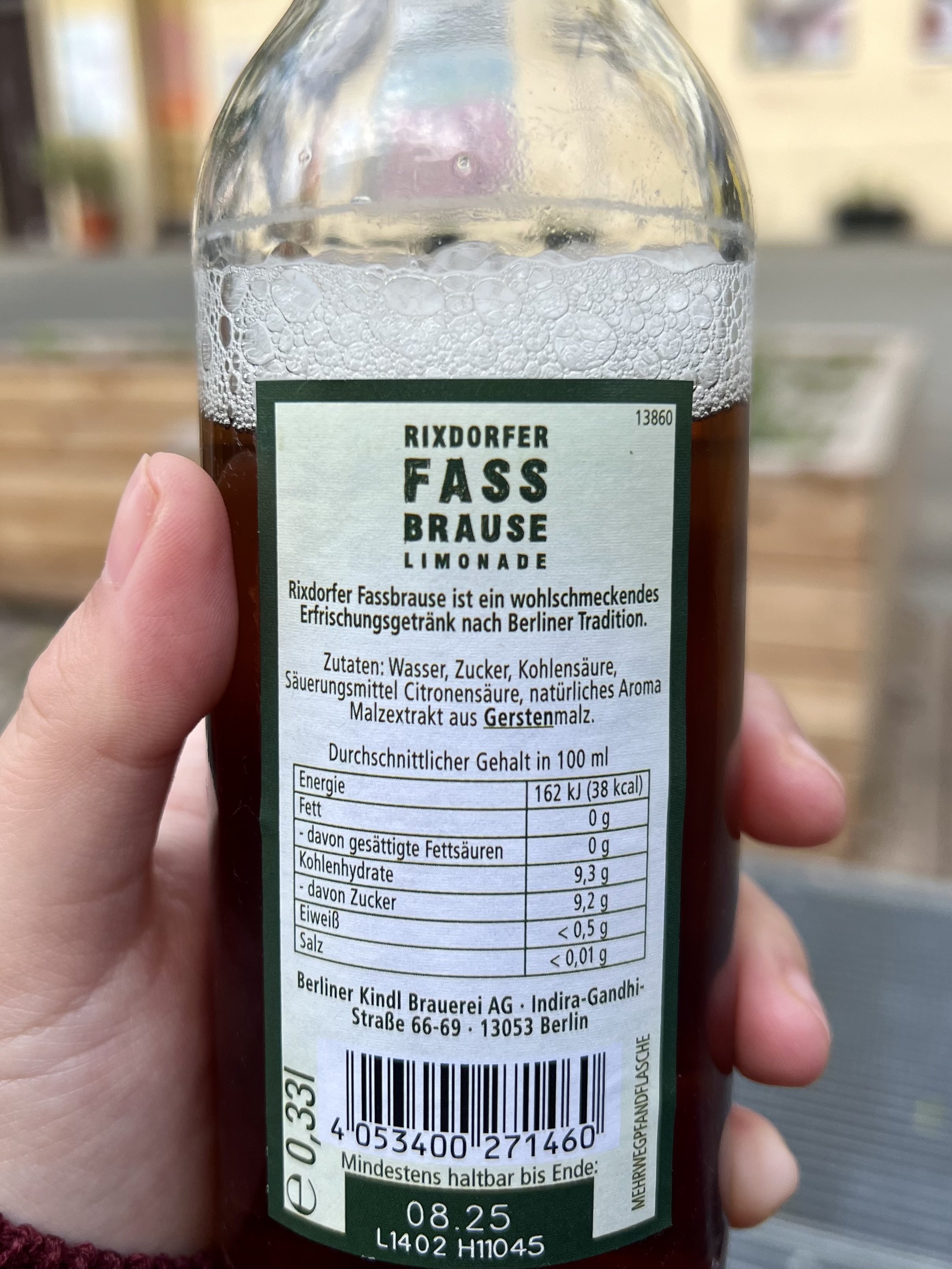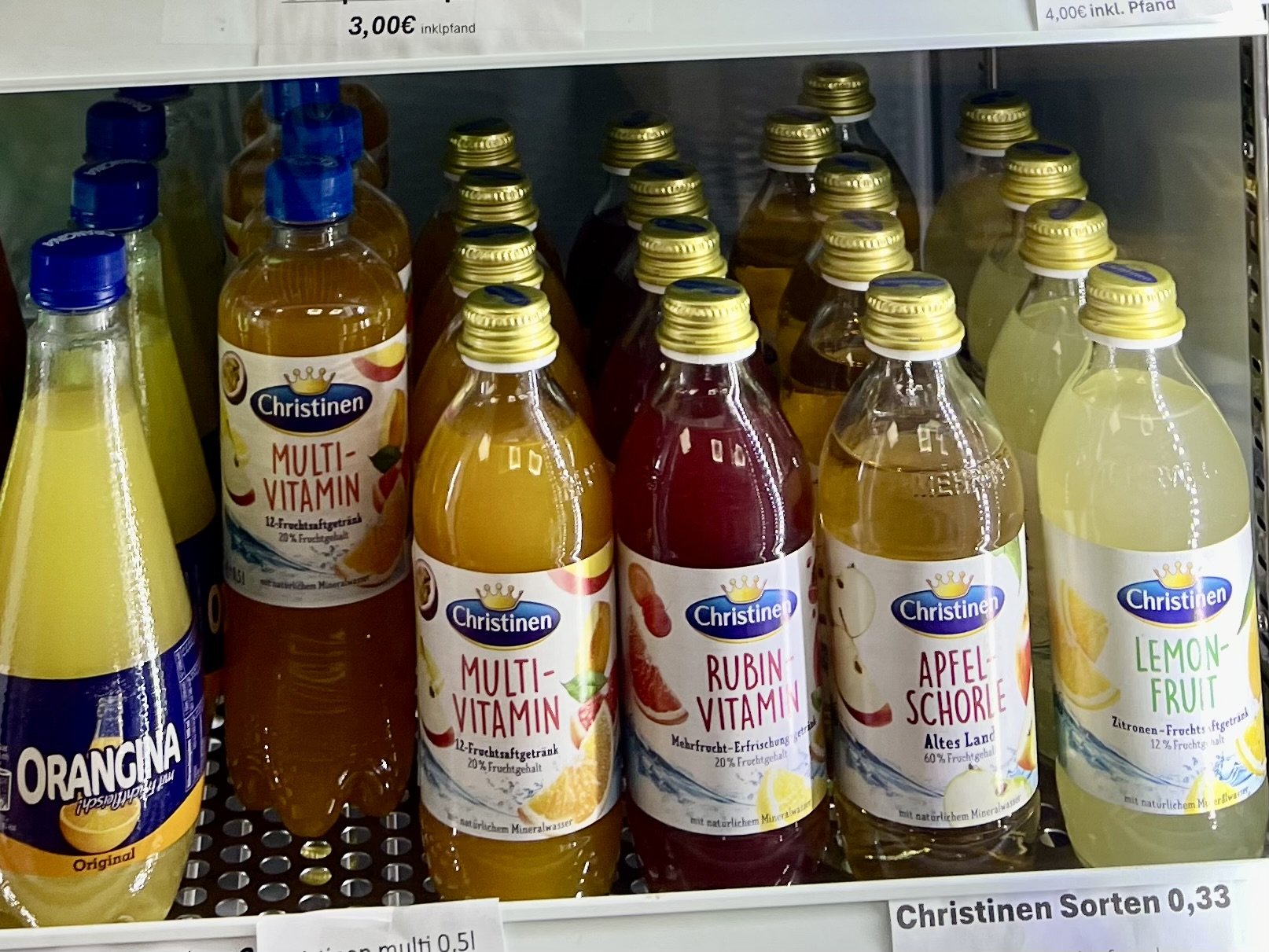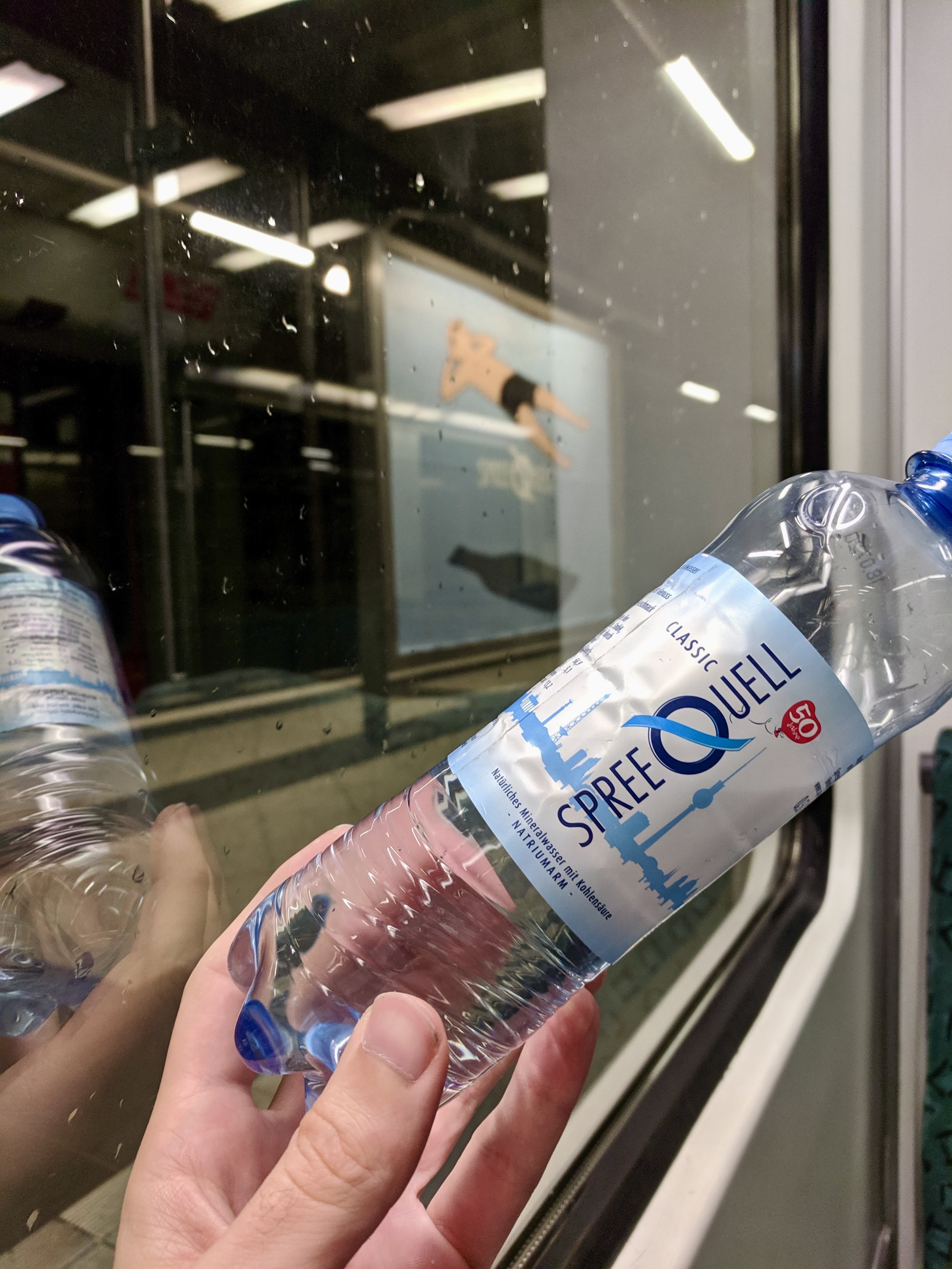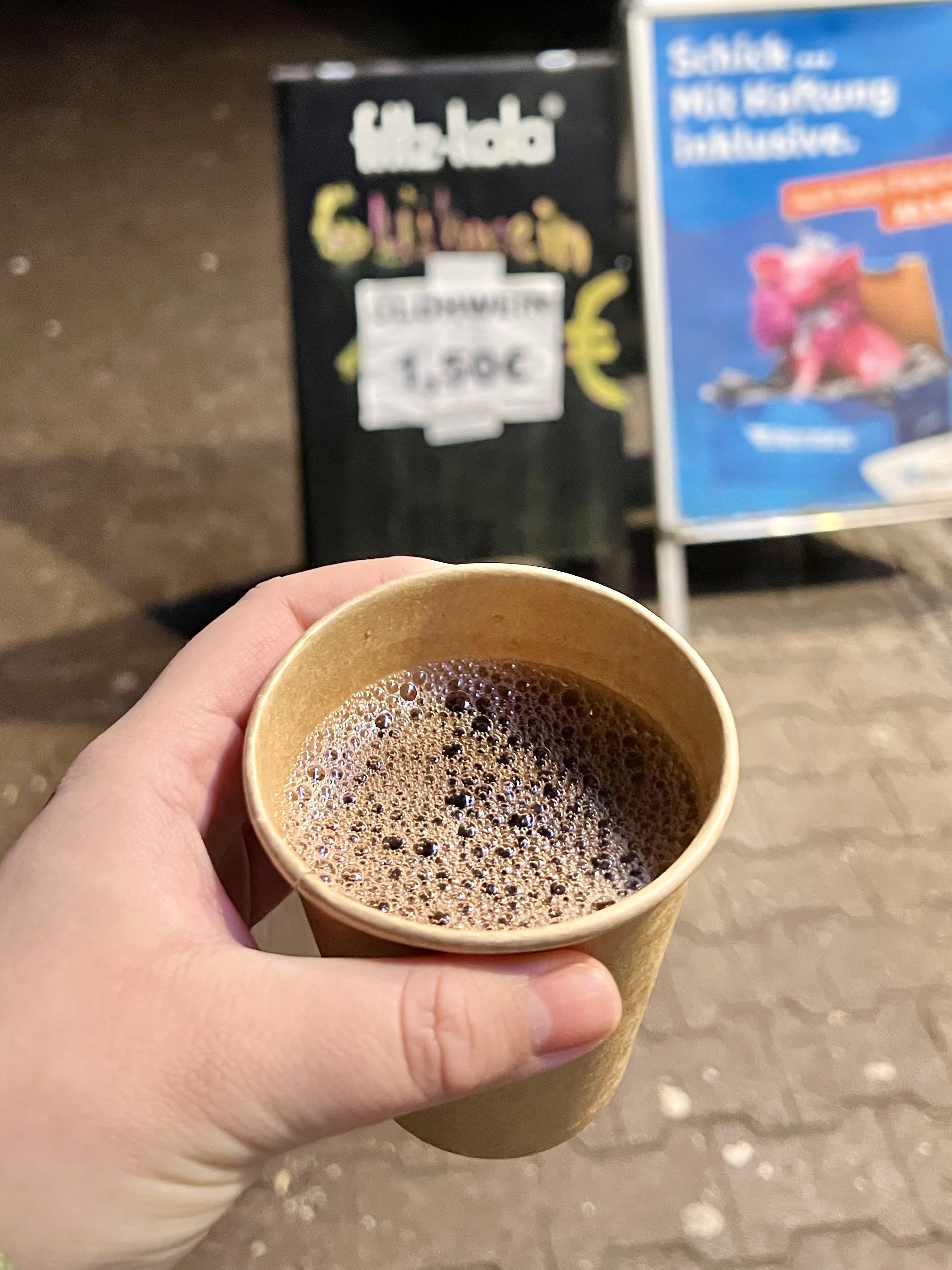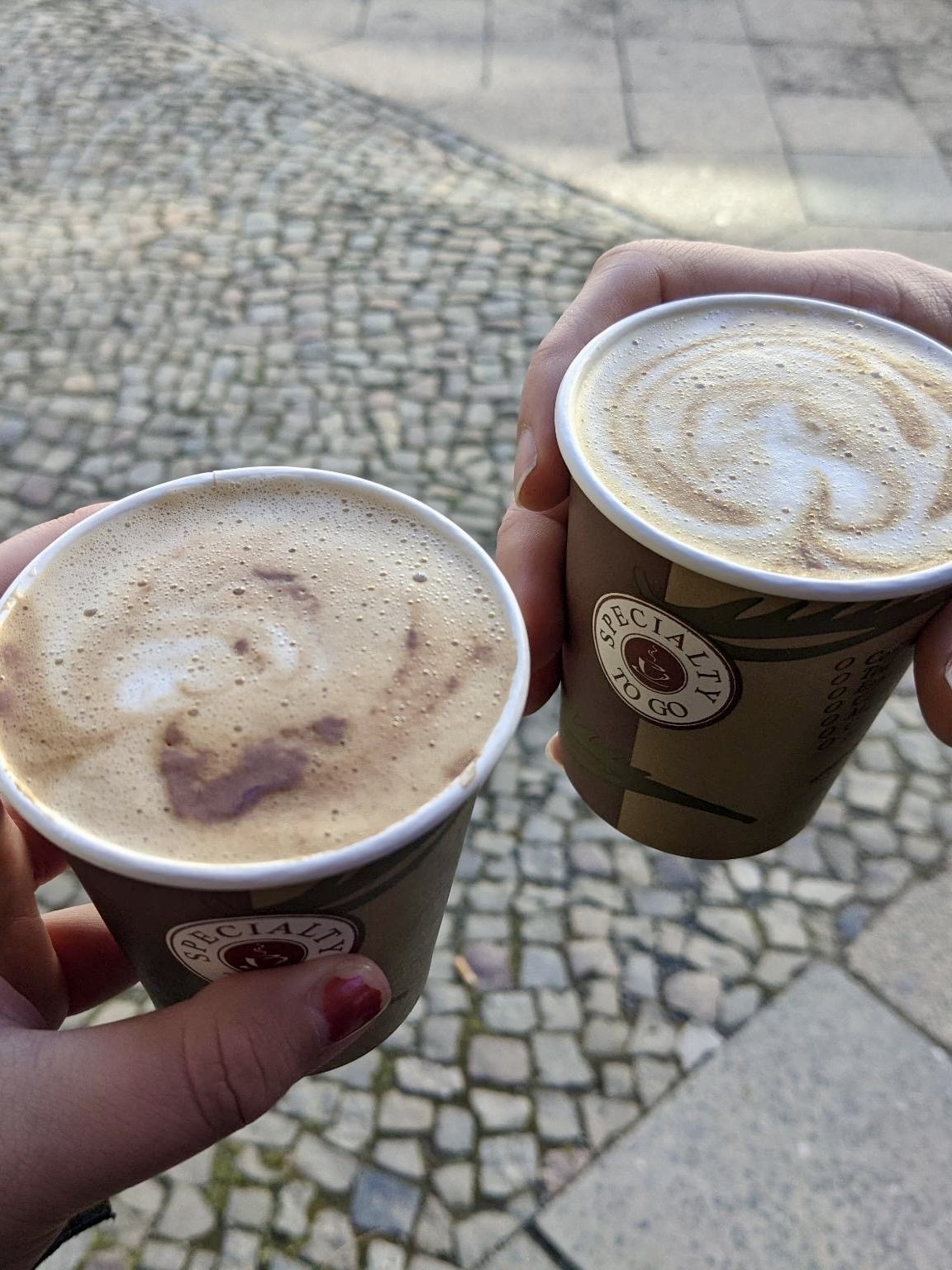Local Drinks to Try at Spätis in Berlin
Last updated: September 16, 2024
Spätis (pronounced shpeh-tees) are small kiosks that sell drinks, snacks, and truly whatever they feel like (some of them get quite interesting). They typically stay open pretty late, hence their full name Spätkauf meaning ‘late purchase’ in German. These shops fit in perfectly with Berlin values, they’re fun and free-spirited, but also reflective of the city’s economic reputation — “poor, but sexy!”
These independently owned Spätis first became popular in the Cold War and have since become synonymous with Berlin’s anti-capitalist and fast-paced culture. These days they’re great for securing a midday treat, grabbing a refreshment to enjoy on the go (aka a Wegbier or ‘way beer’), or keeping the party going in the wee morning hours. Some Spätis even set out seating so you can appreciate your drink on the spot, kind of like a no-frills bar, but even cheaper.
Spätis are like snowflakes, most look pretty similar, but they can be quite unique in what they offer. Here, we delve into the array of local and German beverages worth discovering and sampling at Spätis. I’ve been known to gab, so get comfy!
Radler
Part beer and part lemon soda, Radlers were invented in Bavaria after a substantial group of cyclists arrived at Franz Kugler’s tavern in absolute need of beer after a long and strenuous ride. After realizing his beer reserve was short, Kugler boldly mixed the rest of his stock with lemon soda, doubling his supply. As a result of his quick thinking, the Radler (meaning cyclist in German) was born. This sweet, low-alcohol drink is a particularly refreshing choice in warmer months.
Berliner Radler and Berliner Kindl Natur Radler are the city-based brands you tend to see the most at Spätis.
Beer
Woo-hoo German beer! Where to even begin?!
There is no lack of German beer at Spätis, but if you’d like to try a Berlin-specific brand keep an eye out for Berliner Pilsner, which is probably the most well-known beer in the city. They rose to fame after winning East Berlin’s approval during the German Democratic Republic (GDR). Their bear logo is still red today to pay homage to the era they were founded in. Equally well-known, Berliner Kindl has a more hoppy taste and tends to be more popular in West Berlin, some restaurants and bars are still biased to one over the other based on location. Despite their popularity, they’re generally considered more average beers and I think I would agree, but I still gravitate towards them based on familiarity.
Schultheiss is another Berlin beer worth trying, it’s less trendy than the first two, but I’d say their taste is generally higher regarded in comparison. Although I’ve never tried them, Berliner Jungs is another beer that’s popped on my radar lately, they’re from a newer brewery by the name of Brewer’s Tribute, founded in Berlin in 2015. If you’re a fan of craft beer, be sure to give BRLO a try, they even have a local brewery tour if you enjoy them. Brewdog is another favorable craft beer found at Spätis. They’re from Scotland, but launched their Berlin brewery a few years ago, making it their primary European home. You can also take a brewery tour or visit their taproom if you like them.
Astra, Rothaus, Radeberger, Krombacher, Warsteiner, Erdinger, Paulaner, and Becks are just a few of the German beers commonly found at Spätis (although the latter isn’t too popular in Berlin these days). Sternburg, from Leipzig, is normally the cheapest beer you can find at a Späti, sometimes for under €1. Sternis have been dubbed ‘the poor man’s brew,’ despite the fact that they’re only marginally thriftier than other budget beers. Even so, don’t buy anyone you want to impress one of these.
Alcohol-Free Beer
If you want to try German beer sans alcohol, it is totally doable! Just about every Späti these days will have a couple of alcohol-free beers available. They should be labeled as either ‘0,0% Alkohol’ or ‘Alkoholfrei.’ Beer is so deeply ingrained in German culture that alcohol-free beer is simply seen as another way to partake in the culture and enjoy beer.
I’ve only tried a sip of alcohol-free beer once, but a friend who opts for Alkoholfrei more regularly tells me that they can be: “Hit or miss. Some are close enough I don’t think about it, others are pretty gross. Never remember which is which so it’s always a gamble.”
Another friend gave further insight, “Many alcohol-free beers are pretty good. Not the same taste, but they get the same taste notes, I think.” So there ya go!
Cider
As for local cider, I’d wholeheartedly recommend Original Berlin Cidre (OBC). OBC is the result of a passion project that came to be in a student kitchen in Berlin’s Wedding neighborhood. These students combined their brewing studies with a desire to create something other than beer and wound up testing over 120 fermentation methods by meticulously altering yeast and mixing ratios. They have since succeeded in creating four variations, my favorite being OBC Strong which consists of 5% alcohol rather than 3.5%. I also favor OBC Bio, an organic variation that has a more fermented and slightly sharper taste. If you’re looking for something sweeter, you can normally find Danish cider Somersby at Spätis.
Liqueur & Liquor
Based out of Berlin, Wodka Gorbatschow is a German vodka brand that has been producing in Berlin for over 100 years, ever since Russian vodka distillery operator, Lev Leontyevitch Gorbachev, fled St. Petersburg with his family during the October Revolution.
Berliner Luft is a minty and herbal liquor originating from Poland, which now has a big presence in Berlin’s party culture. The joke is that if you have enough of them you’ll feel lifted by Luft (Luft translates to air). Similar to Luft and founded in Nordhausen, Pfefferminz is characterized by its strong peppermint flavor and bright green color. Try both and decide if you’re Team Luft or Team Pfeffi. I am wholeheartedly Team Luft! Pfeffi is nuclear mouthwash, but perhaps it’s good if you’ve been out too late and are missing your toothbrush (and taste buds).
Jägermeister, a German digestif made with 56 herbs and spices, is quite well-known outside of Germany. If you haven’t tried Jägermeister before, the taste is more distinct with a complex herbal aroma and strong black licorice flavor. It’s a love-it-or-hate-it kind of drink. Another drink you can keep an eye out for is Kleiner Feigling, which is a naturally flavored fig liquor that has become a cult classic since its initial launch in the 90s in Eckernförde, Germany. They’re easy to spot between their silvery lavender caps and pair of cartoonish eyes on every bottle. Korn is another liquor present at Spätis, I don’t find them to be too favorable, but they’re German and produced using five specific grains.
Wine
There are typically around 5-10 single-serving wine bottles at Spätis, with the most local bottles primarily sourced from Germany’s Southern and Western regions where wine production is more bountiful. There are a few wineries surrounding Berlin (in Brandenburg), but I have yet to see these bottles at Spätis. I customarily settle on a bottle of white wine and particularly like Apollo Falter’s Weissburgunder (Pinot Blanc), which is produced in Central Germany. It’s also organic and vegan if that’s important to you. Their design features worn working boots that are repurposed as a vase, overflowing with vibrant flowers while a couple of delicate butterflies flutter about. So cute!
Weinschorle is another refreshing option. It combines wine with sparkling water, offering a lighter and more hydrating alternative to traditional wine.
Cocktails
Commonly the most expensive drink at any Späti, these ready-to-drink cans will frequently feature classic cocktails like gin and tonic, vodka soda, vodka coke, whiskey coke, and tequila mixers. The German energy drink Effect has a few vodka mixers with flavors like guava and açaí, while the Berlin-based Russian-turned-German vodka brand Gorbatschow produces mixed drinks in flavors like lemon and passion fruit. If you pick out a liquor and mixer, some Spätis will offer to mix it for you, but this is less common. Berliners also sometimes make their own Späti mixed drinks by taking a few sips out of their chosen soda/mixer and then pouring a shot straight into the bottle.
Mate
Club Mate (pronounced mah-tuh) is a caffeinated carbonated drink made with the South American yerba plant. This plant naturally contains caffeine, allowing Club Mate to have around 20mg of caffeine per 100 milliliters. In South America, Mate is routinely drunk warm and as a social drink, rather than cold and carbonated like in Germany. The Club Mate brand originated in Dietenhofen, Germany in the 1920s, but didn’t take on the name ‘Club Mate’ until the mid-90s. Around this time it became popular among Berlin students and the raving scene for its high caffeine content. It’s not quite a tea and not quite a soda, and often consumed in Berlin as a midday pick-me-up, whether solo or alongside a meal. It has more of an acquired taste, but don’t write it off too quickly — just let the carbonation fizzle down a little and try again. It’s not as sweet as other energy drinks and sodas, which I appreciate.
Mio Mio Mate is another solid German Mate. These drinks are bottled locally in Berlin’s neighboring state Brandenburg. I like their ginger and banana flavors the most (don’t knock it ‘til you try it). Mio Mio Mate beverages tend to be sweeter than Club Mate. The Mio Mio brand also makes sodas and colas.
Tea
Mate are a favorable choice for people interested in tea, but if you’re looking for tea sans carbonation then Elephant Bay is excellent. They’re based out of Stuttgart and have been contributing to the German iced tea market for nearly ten years. Voelkel (Germany’s largest juice company) makes an array of delish products, but their fair trade iced tea (especially the peach lemon flavor) and their organic matcha lemonade have got to be my favorites! I also like Bionade iced tea, which is from West Germany.
Schorles
Remember Weinschorle? Germany’s love of sparkling water does not stop there. Two other popular Schorle drinks are Apfelschorle and Rhubarberschorle. Apfelschorle blends apple juice and mineral water, creating a balanced sweet, and bubbly beverage that is popular among both children and adults. Rhubarberschorle is made with rhubarb juice rather than apple, which makes for a more tangy and tart drink. Sometimes these drinks are also combined with lemonade, which naturally adds some sweet and sour notes.
I recommend trying the Proviant brand if you see them, this Berlin-based company got its start when three school friends began producing homemade smoothies in their Kreuzberg courtyard while marketing themselves at local food festivals. Plenty of other German beverage companies also produce Schorles, Lift Apfelschorle is the one I see most frequently by far, and the Berlin-based mineral water brand Spreequell also bottles Schorle.
Sodas, Colas, & other Carbonated Drinks
My favorite Späti soda is Fritz-kola, a soda brand that was founded in Hamburg in 2003 by two brothers. They offer a stellar range of fruity and caffeinated drinks; my personal favorites are their original kola, orange limo, and organic apple spritz (Apfelschorle). To those of you who, like me, are also easily intrigued by unique flavor combinations, I will note that I really do not like their cherry, apple, and elderflower mix. It tastes like medicine in a bottle to me, but German medicine isn’t commonly cherry-flavored so perhaps that’s why it gets a pass here.
I also like Afri Cola, a cola from Western Germany with an interesting history. It was created for the purpose of attempting to develop a German equivalent to Coca-Cola. While that didn’t exactly pan out for them, their cola has got a very satisfying taste. It’s similar to Mexican Coke and clearly made from cane sugar, rather than an artificial sweetener.
Speaking of Colas, there’s actually kind of a ridiculous number of cola brands that have found their stride in Berlin, particularly during the GDR era when Western goods were expensive and more difficult to access. Two that come to mind are Vita Cola and Club Cola. Vita Cola started out in East Germany and is characterized by its lemon and fruity flavor profile, as well as being less sweet than most of its competitors. To add on, Club Cola was commissioned by the East German government to provide East Germany with its own cola beverage that resembled Western cola. After the fall of the Berlin Wall, both of these colas lost momentum when Western cola brands surged back into the market. However, they eventually bounced back a bit when former East German residents began to express some wistfulness for their former lives, pre-fall of the Wall.
Local brand Mio Mio is best known for their Mates, but they’ve also got some pleasant colas and orange sodas. Another German soda type I like is Spezi, which is a mix of cola and orange soda. For Spezi, I like the Paulaner brand the most, but Mezzo Mix is another solid pick. You can also DIY a Diesel, another funky German invention, by mixing cola with beer.
Bionade is another celebrated carbonated German drink brand stemming from Western Germany. Brewer Dieter Leipold first started experimenting with flavor combos in the 1960s, although the company didn’t launch until 1989. It nearly went out of business soon after, but by a stroke of serious luck, the business got a second chance when Leipold’s wife won the lottery. Today they’re a great success! Their commitment to innovation, their unique fermentation process, and their distinct flavor range make them stand out in today’s market. Their flavors include elderberry (their most popular creation), lemon bergamot, raspberry plum, ginger orange, and blackcurrant rosemary.
Fassbrause
Fassbrause or ‘keg soda’ are sweeter malty drinks that are traditionally stored in a keg, despite not being alcoholic. They came to be in 1908 when Berlin chemist Ludwig Scholvien wanted to create a non-alcoholic beer for his son. His initial recipe involved apple, licorice, water, and malt. In the 1980s Fassbrause began to be produced for larger consumption at a factory in the northwest Berlin neighborhood of Spandau. Today Rixdorfer Fassbrausse are produced and bottled within Berlin, and are proud to uphold Berlin tradition. Other German breweries like Veltins, Bitburger, and Gaffels also bottle Fassbrause. Veltins does an especially good job at incorporating the classic barley malt flavor.
Juice
Capri-Sun, originally from Heidelberg, is oftentimes the cheapest drink for sale at a Späti, typically around 70¢. They’re quite popular with many school children who tend to pop in with some coins on weekday afternoons and pick up a pouch after class lets out. There are also several more pure fruit juices made by Germany-based brands such as Christinen, Voelkel, and Bionade. No judgments if you opt for Capri-Sun though, it’s gained international popularity for a reason.
Energy Drinks
Although not quite marketed as such, the most popular German-based energy drinks are likely Mates and colas, which tend to have a caffeine content of around 20-25mg/100ml. I’ve also seen Effect (32mg/100ml), a vitamin and caffeine-based drink that was developed in Germany in 2002, sold at Spätis. There will also usually be a couple of foreign energy drinks for sale such as Redbull (30mg/100ml) and Monster Energy (36mg/100ml).
Water
Spätis will customarily stock three types of water: Classic (maximum carbonation), Medium (partial carbonation), and Stilles/Naturell (no carbonation). Typically you can tell the level of carbonation based on the bottle cap color. Blue is sparkling, green is medium, and red/pink is still. Not every bottle brand follows this system, but Spreequell (Berlin’s only water brand) conveniently does.
Labeled as ‘classic’ with a blue cap — that’s sparkling water!
Hot Drinks
Not every Späti offers hot drinks, but the ones that do tend to offer coffee (mostly espresso or fully automatic coffee) or Turkish tea. In the colder months, Glühwein (mulled wine) might be added to the mix.
Tips, etc.
Woo home stretch! Armed with this post and a few coins you should be ready for your authentic Berlin Späti experience, but let me throw a few more tips your way first.
Picking & Paying: You can grab drinks from the fridges on your own and then bring them over to the cashier to pay. Just about every Späti is cash only, so come prepared! Be sure to use their bottle opener before leaving, if you don’t have your own. The cashier might also say, “Offen?” offering to open your drink for you, to which you can reply with, “Ja, bitte” or “Nein, danke.”
Drinking in Public: Officially you can drink in nearly all public spaces in Berlin. This includes while walking, on trams, in parks, late at night, along the river, etc. The exception is Alexanderplatz (this is a newer rule, the result of too many drunk and disorderly people), the U-Bahn (subway), and buses. However so long as you’re not hammered and causing a public disturbance no one cares.
Drinking Age: The drinking age in Germany varies. From the age of 14, you can consume beer and wine in public, so long as you’re accompanied by and have the permission of a custodial adult. By the age of 16, you can purchase and publicly drink wine and beer without adult supervision. By 18 you can purchase and drink all forms of alcohol without adult supervision. The clerk might ask to check your ID (Ausweis), but this is pretty rare.
Recycling: When you’ve finished your drink, don’t throw it away. Instead, place it on the ground below an orange trash bin, or at least somewhere it’s less likely to get knocked over. There’s a deposit (Pfand in German) on bottles and cans, commonly worth between 7 to 25¢ per bottle, and people come around to collect the empty bottles to make a little extra cash. You can also take the bottles back to the Späti they came from or to most grocery stores to get back the deposit yourself. It’s a pretty neat system: plastic and metal containers are ordinarily used just once (Einsweg) so they get recycled, while glass bottles are returned to their manufacturers, where they’ll be cleaned and then reused up to 50 times (Mehrweg). Incredible!
Cheers: Don’t forget to make direct eye contact with your companions, clink glasses, and say ‘Prost’ before taking your first sip of a boozy beverage. Sorry, seven years of bad luck otherwise, I don’t make the rules!
That’s all I’ve got. Drink responsibly!

